Ah, The Hague. The international city of peace and justice, the home of many international institutions, and the seat of the Dutch government.
Already falling asleep? Us too! Instead, here are seven things about The Hague that you (probably) don’t know!
1. The Hague is tackling food waste in a big way
Food waste is a huge issue in terms of the environment. Over 88 million tons of food waste are generated in Europe each year. The citizens of The Hague are finding cool ways to deal with this.
For example, the Conscious Kitchen makes delicious vegan dinners each Thursday from leftover veggies from the Hague Market.
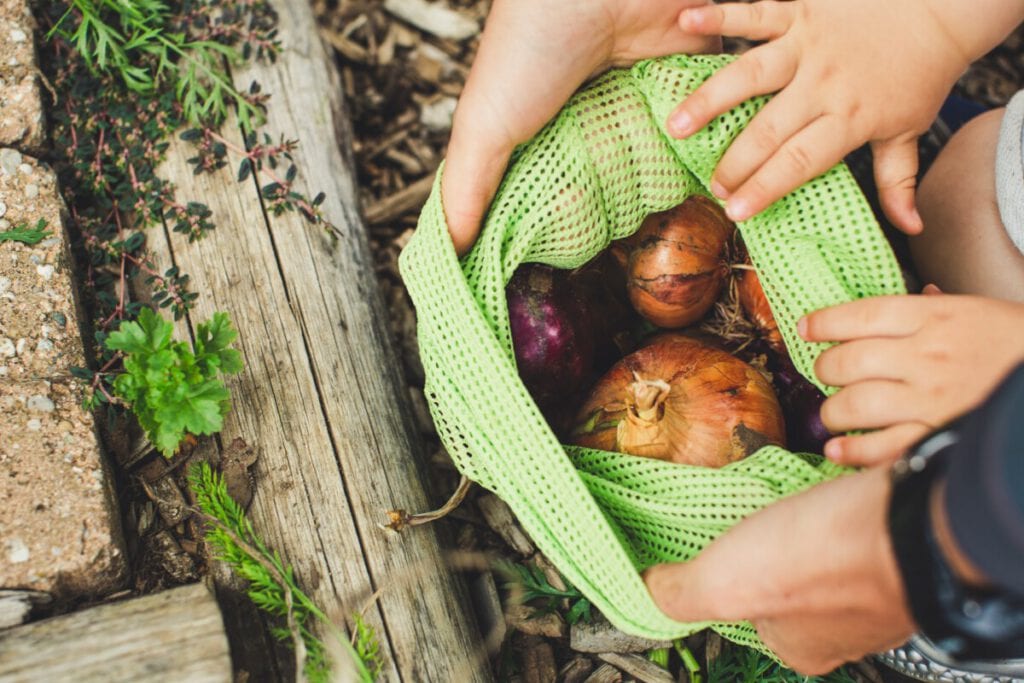
Meanwhile, Lekkernassuh (Hagenees for “yummy food”) allows you to order a box of veggies from local providers weekly, and they only order the amount people request in advance.
2. The Haagse Bos was used to launch rockets during WWII
During World War II, the Germans used the Haagse Bos (or the Hague forest) as a rocket launching area for their V1 and V2 rockets. The Allies tried to bomb it during the war but accidentally hit the nearby Bezuidenhout district.
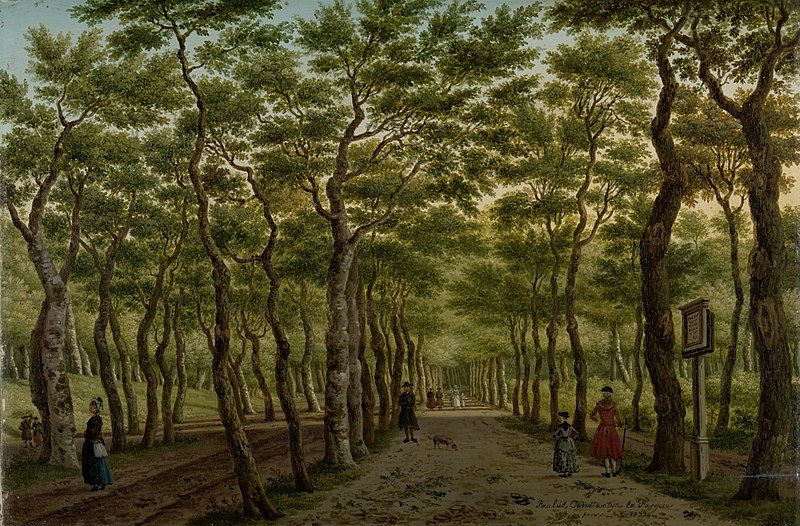
The bos has an interesting history in other ways: its name gave rise to the word Holland. It was originally called Die Hout, which changed to Houtland, which, as you can see, could (and did) easily morph into Holland.
READ NEXT | 8 of the greatest forests in the Netherlands for a nature escape
The forest also closely escaped being completely cut down in the 19th century during the French Occupation.
3. Nobody knows if it’s a university city by now
Leiden University says The Hague is The Netherlands’ fastest-growing student city. Before the arrival of Leiden’s The Hague campus in 2010, The Hague was only home to The Hague University of Applied Sciences (Haagse Hogeschool).
Each year, more and more students arrive in The Hague — particularly from outside the Netherlands.
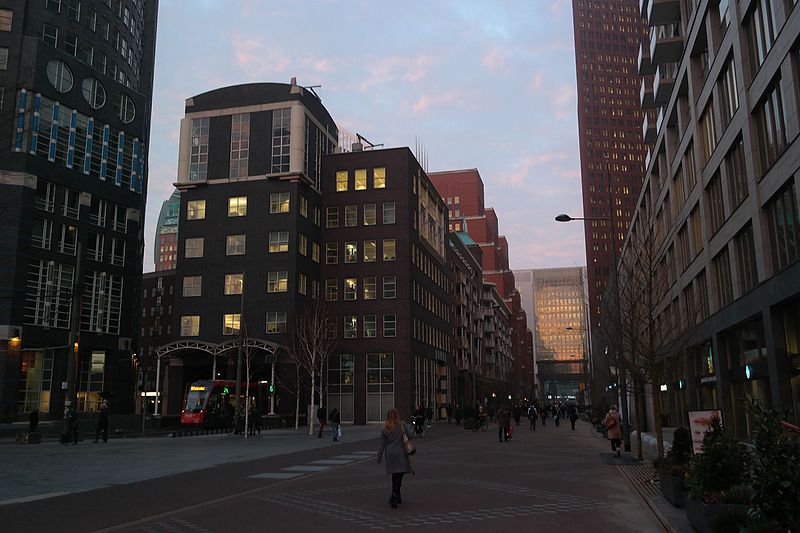
There are downsides to this: housing is pretty difficult to find, especially in August and September. But students bring The Hague to life, traditionally a suits-and-skyscrapers city.
4. The Hague has got some awesome vintage stores
Possibly due to more and more fashionable-but-poor students arriving in the city, The Hague has quite a selection of vintage and second-hand stores.
With clothes hailing from the 40s till the 90s, it’ll fulfil all your vintage dreams, with the added advantage of reducing the demand for new clothes.
Our favourites are Vintage Island, located on the beautiful Korte Poten, and Rejoes, next to Grote Markt.

Plus, there’s no better way to explore the city than to wander from shop to shop. Some stores will even have furniture, second-hand books, or records to peruse.
5. Scheveningen isn’t the only beach in The Hague
Everyone has heard of Scheveningen, which is fair enough; it’s a super cute part of the city right by the sea. But there are two other equally gorgeous beaches in The Hague. In my opinion, both are slightly better than Scheveningen for a couple of reasons.
READ NEXT | 20 amazing beaches in the Netherlands: everything you need to know about going to the beach in Holland
Zuiderstrand is breathtakingly beautiful: as you cycle up to it, you pass dunes covered in wild roses during the summer. It’s also emptier than Scheveningen, even on the hottest days of the year.
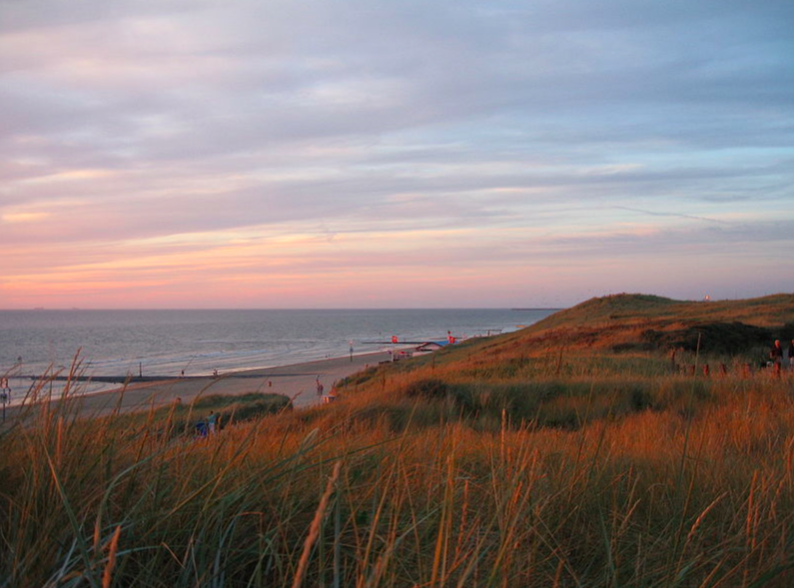
Then there’s Kijkduin — much smaller than Scheveningen but with an awesome selection of shops and restaurants lining its shore. And, as the name would suggest, it’s surrounded by gorgeous dunes.
6. It has a lot of amazing street art
Street art is probably the last thing you’d expect this city to have.
In the centre, The Hague is perfectly manicured, buttoned up and well-tamed by the municipality. But that doesn’t mean there aren’t amazing murals in other parts of the city to enjoy.
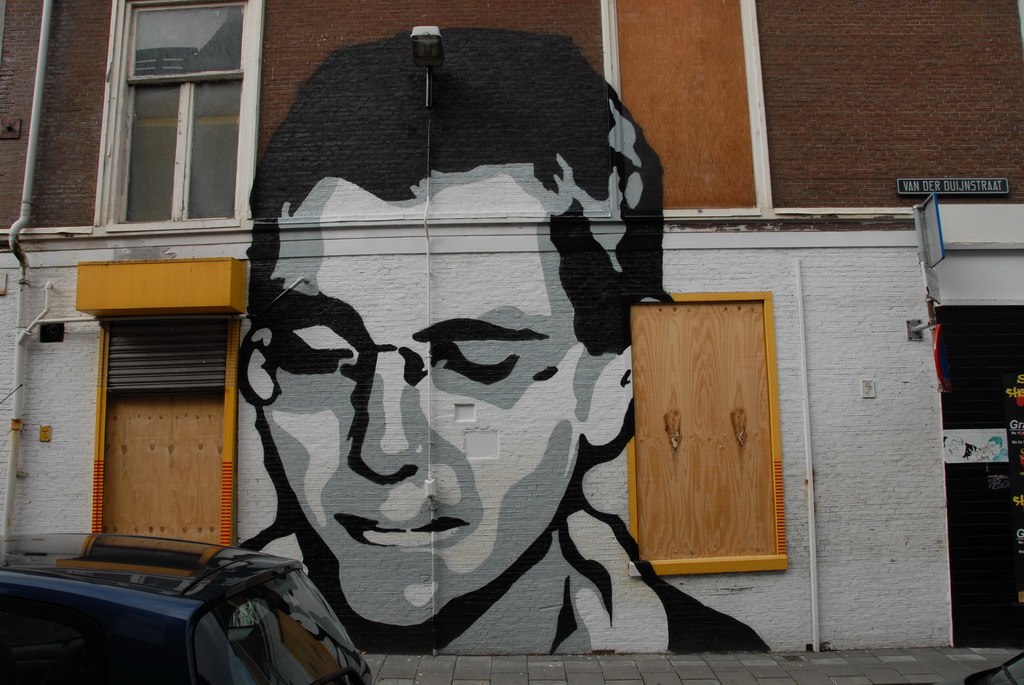
Thanks to investments by Aight, a non-profit that aims to work with students and young people in The Hague to improve social cohesion, there has been a huge increase in street art in recent years.
READ NEXT | Who is Haagse Harry? Here’s what you need to know about this iconic character
You can check out their projects on their website — sometimes, they even organise guided tours!
7. You can watch live hearings in The Hague’s courts
We all know the Hague is known as the International City of Peace and Justice, but did you know that you can watch hearings in both the International Court of Justice (ICJ) and the International Criminal Court (ICC)?
Both are open to the public almost always unless a judge orders a closed hearing.
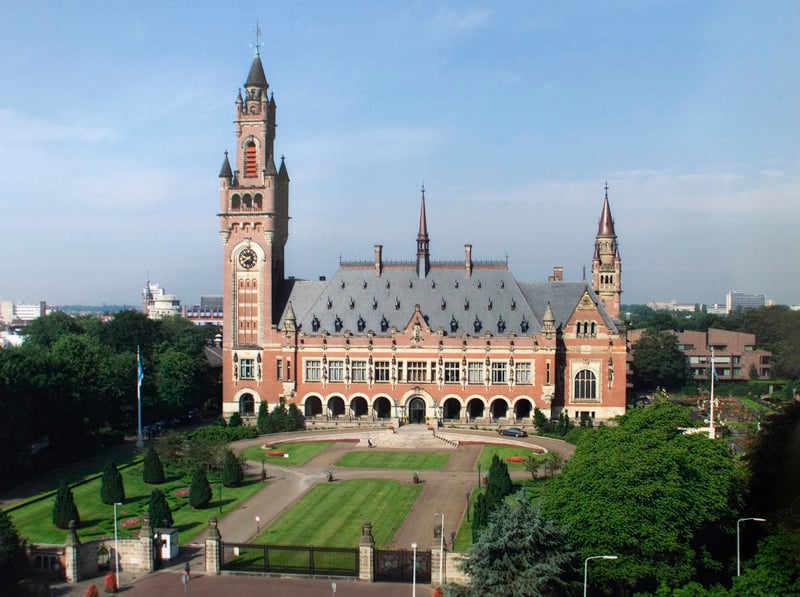
The best part? You don’t need to register at all! You can arrive at the hearing of your choosing, and if you’re there early enough, you’ll get a spot (it’s first come, first served).
READ NEXT | 29 awesome things to do in The Hague in 2024
Want to see more of The Hague, but you’re low on cash? Geen probleem! There is plenty in The Hague to see entirely for free!
Did you know these things about The Hague? Let us know in the comments below!





In your article on The Hague, it is referred to as “suits and skyscrapers” type of city and that got me to thinking about what is it about The Netherlands that I love so much. For one thing, amongst many, it is the architecture. I love the cities that have a blend of the old with the new skillfully blended in. However, as we move into the future, I certainly hope that the “suits and skyscrapers” look does not dominate. Really, think about it, what would Holland be without it’s old buildings? Can you even contemplate of wanting to go to Amsterdam without the beauty of it’s past present . Of course everything must be done to keep these old buildings in excellent shape which goes without saying but also new buildings must have unique looks that somehow resemble the older buildings while being quite utilitarian in today’s world. I wish it were possible to preserve the present beauty of The Netherlands forever!